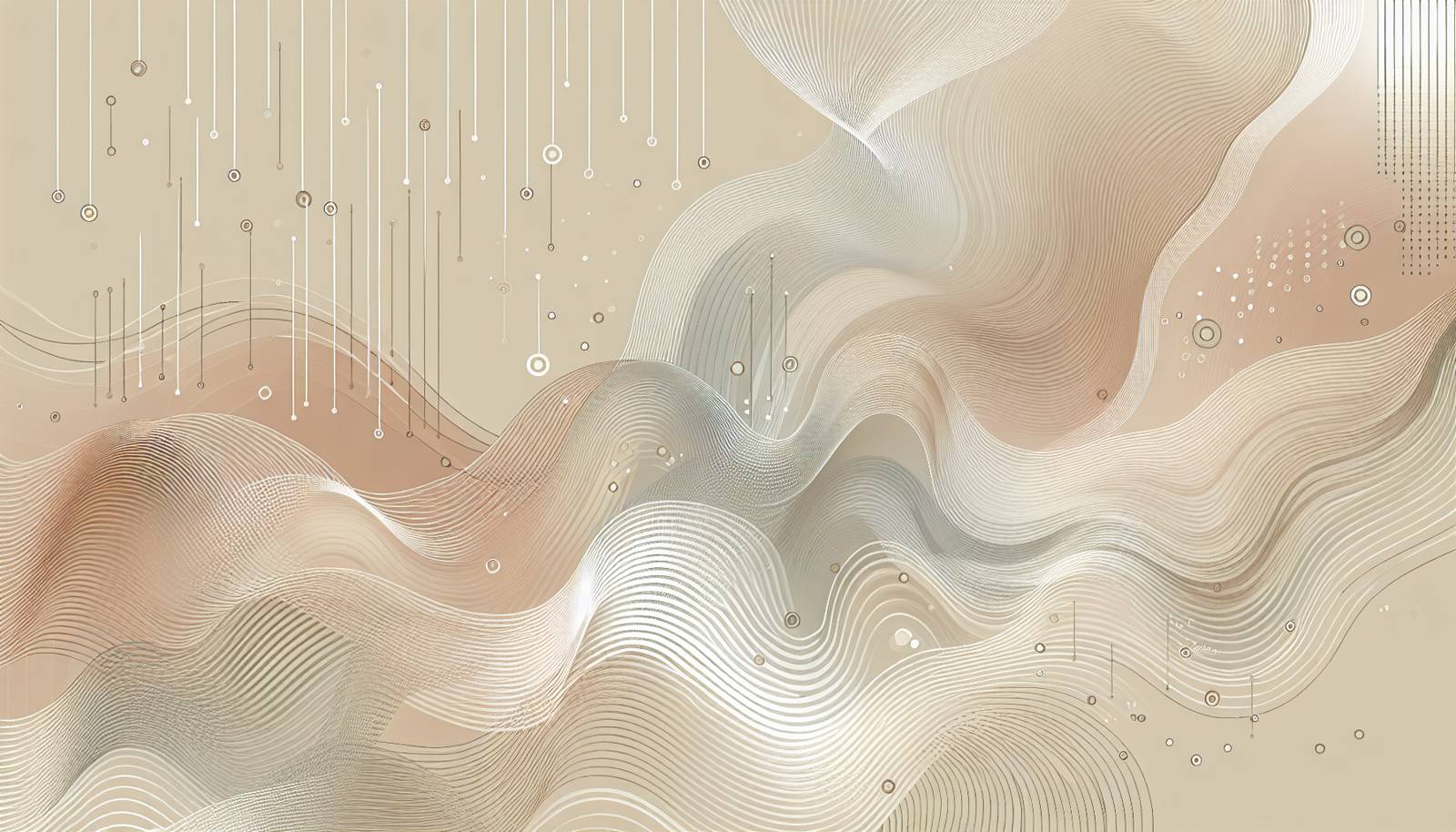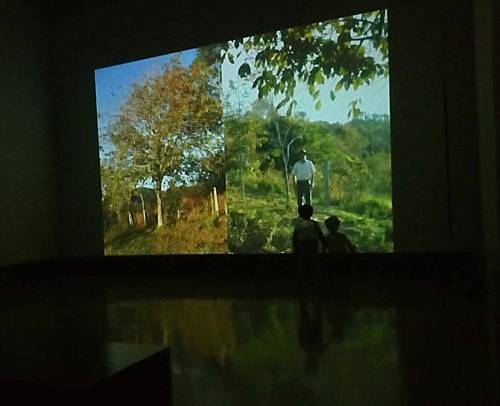
FAQ About The Role of Video Art in Contemporary Culture

What is video art?
Video art is a contemporary art form that emerged in the late 20th century, using video technology as a medium to create artistic pieces. It incorporates moving images and sometimes audio, differing from traditional cinema or television as it is often non-narrative and used for artistic rather than commercial purposes.

How did video art originate?
Video art originated in the 1960s and 1970s with the emergence of affordable video recording equipment, particularly the Sony Portapak. Artists like Nam June Paik and Bill Viola began using video as a medium for artistic expression, pioneering the exploration of new visual languages and techniques outside the constraints of traditional filmmaking.

What are some characteristics of video art?
Video art is characterized by its use of technology, experimental techniques, and its overlap with other media forms. It often involves techniques such as looping, digital effects, or mixed media installations. Unlike traditional film, video art doesn't always follow a narrative structure and is frequently exhibited in galleries or museums rather than theaters.

How has video art influenced contemporary culture?
Video art has significantly influenced contemporary culture by challenging the boundaries of traditional art forms and integrating technology into artistic practice. It has opened up new possibilities for storytelling and representation, influencing not only other art forms but also modern media, advertising, and digital design.

Who are some notable video artists?
Some notable video artists include Nam June Paik, often regarded as the father of video art, Bill Viola, known for his spiritually and emotionally charged works, and Pipilotti Rist, recognized for her colorful and immersive installations. These artists have significantly impacted the development of video art and its recognition as a major contemporary art form.

What role does technology play in video art?
Technology is central to video art, shaping both its creation and presentation. From early video cameras to digital editing and projection, technology enables artists to manipulate sound and images in innovative ways. This ongoing technological evolution allows for increasingly complex and interactive works, expanding the boundaries of what video art can achieve.

How does video art differ from traditional filmmaking?
Video art often eschews the structured narratives, commercial goals, and consumer expectations typical of traditional filmmaking. It focuses more on artistic expression and experimental approaches, frequently exploring abstract concepts or playing with the juxtaposition of images. Unlike most films, video art is typically shown in art venues like galleries and museums.

What impact has video art had on the art world?
Video art has transformed the art world by introducing new media and methods of artistic expression. It has expanded the vocabulary of contemporary art, enabling artists to explore themes such as identity, politics, and technology in innovative ways. Its growing acceptance and prominence in major art institutions have established it as a significant and respected art form.

Can video art be considered mainstream?
While video art has become more prominent in major art institutions and galleries, it remains more an avant-garde form than truly mainstream. Its experimental nature and alternative exhibition settings distinguish it from other entertainment forms like film or television, although its influence on popular culture is notable.

How has digital technology changed video art?
Digital technology has revolutionized video art by enhancing capabilities for editing, special effects, and distribution. The accessibility of high-quality digital cameras and editing software allows more artists to experiment with video. Additionally, digital platforms enable wider dissemination and interaction, allowing audiences to engage with video art beyond traditional gallery spaces.

What are some common themes explored in video art?
Video art explores a wide range of themes, including identity, memory, time, and space. It often addresses socio-political issues, cultural phenomena, and personal narratives. The medium's flexibility allows artists to experiment with form and content, producing works that challenge viewers' perceptions and provoke thoughtful reflection.

How is video art exhibited?
Video art is typically exhibited in art galleries, museums, and installation spaces where artists can control the viewing environment. These settings allow for various presentation techniques, such as projections, multi-screen installations, or immersive environments, which enhance the viewer's interaction with the artwork.

Is video art a part of digital art?
Yes, video art is considered a part of digital art. Both forms utilize digital technology but may not always overlap in style or approach. Video art focuses on moving images and time-based media, while digital art can encompass a broader range, including static works created or presented digitally.

What skills are essential for creating video art?
Key skills for creating video art include technical proficiency in video and audio equipment, editing software, and digital effects. Artistic vision is crucial, as is the ability to explore and convey complex concepts visually. Understanding of contemporary art and media theory also enriches a video artist's practice.

How do artists typically fund video art projects?
Video art projects are often funded through grants, artist residencies, or sponsorships from art institutions and cultural organizations. Some artists may also self-fund their work or receive support from patrons interested in avant-garde and contemporary art. Public and private funding resources help artists produce complex projects that require technical resources.

What is the significance of narrative in video art?
Narrative in video art varies widely, from abstract and fragmented storytelling to linear or thematic exploration. While some video art pieces embrace traditional narrative elements, others focus on visual experience or conceptual exploration. The role of narrative can be significant or minimal, depending on the artist's intent.

Are there festivals dedicated to video art?
Yes, there are festivals specifically dedicated to video art, such as the International Video Art Festival in Madrid or the Video Art & Experimental Film Festival in New York. These festivals showcase innovative works and provide platforms for artists to share their creations with international audiences, fostering dialogue and networking within the genre.

How has video art contributed to political and social commentary?
Video art has been an effective tool for political and social commentary, offering artists a means to challenge and critique cultural norms, power structures, and societal issues. Its accessibility and flexibility allow artists to address controversial topics, raise awareness, and provoke thought-provoking discussions through creative expression.

What future trends are expected in video art?
Future trends in video art may include increased integration with virtual and augmented reality, creating more immersive experiences. As technology advances, new tools and platforms will likely emerge, encouraging further innovation in narrative techniques and audience interaction. These developments will continue to push the boundaries of how video art is conceived and experienced.
